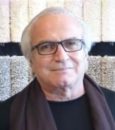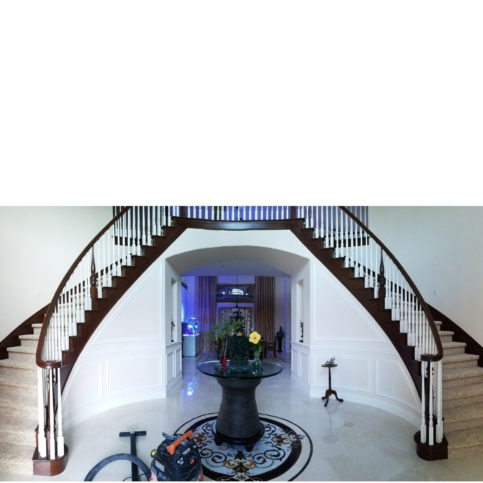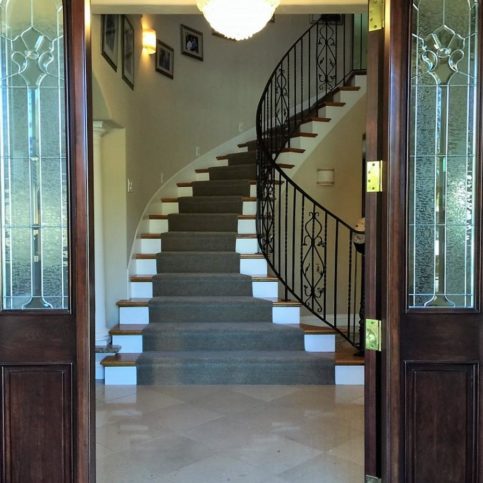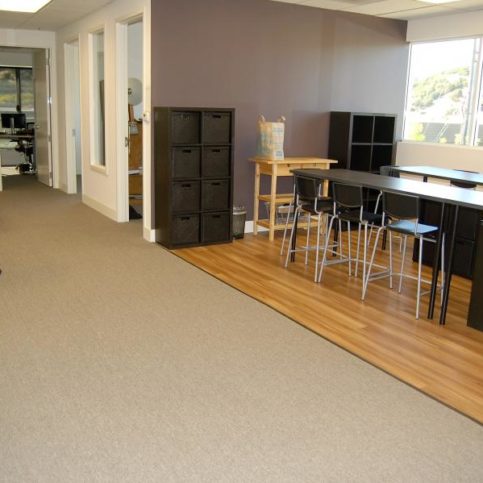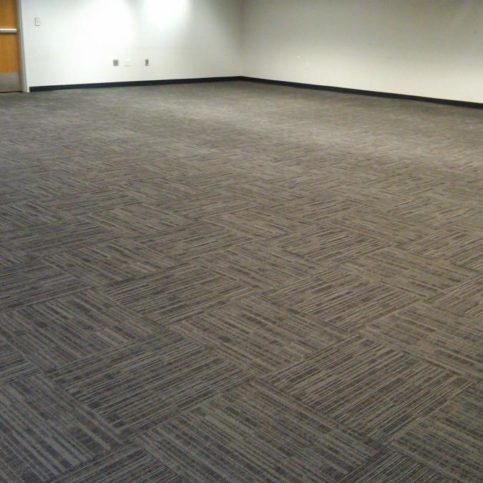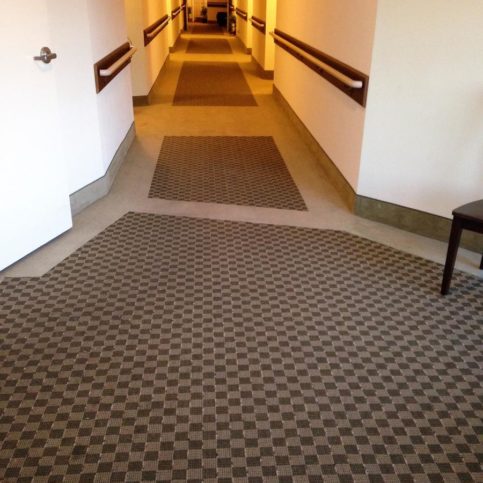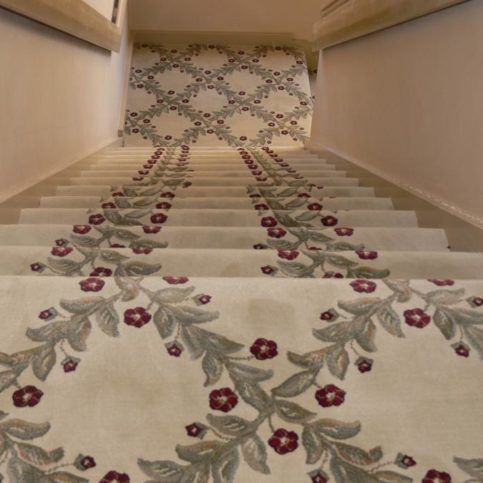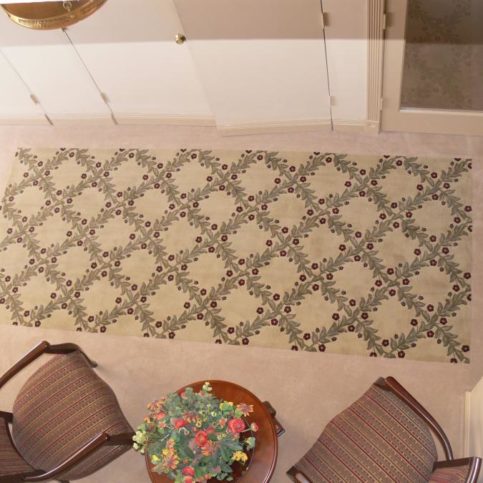Complete Video Transcription
SAN LEANDRO — Host, Sarah Rutan: If you’re in the market for a new hardwood floor, it’s important to learn the full scope of your options. To learn more, we’re in San Leandro with D. C. Owen of Carpeteria, speaking on behalf of Diamond Certified Expert Contributor Sam Gulessarian.
DC Owen: Hello there. I have a few great tips on selecting your hard surface flooring. Let me show you a few of the things that we have. First I will show you a solid hardwood floor. This is a nice reddish hue, and you can see at the edge that it’s a solid piece of wood, 3/4 inch as is pretty common.
Another one to consider is an engineered hardwood floor. The engineered floor, if we look at the edge, is layers of wood like a plywood-type product. The difference is that the engineered wood is much more moisture stable because each layer of wood is cross grained so when moisture affects it, it pulls at itself and prevents it from expanding and contracting as much as a solid hardwood floor. It’s another product that is like an engineered wood floor, but the edge, as you see, is not the same. The center core, instead of being plywood, is a high density fiberboard. HDF is what it’s called. So, that started out 12 inches thick, and they put it down with heat and pressure to make it so it’s only 3/8 of an inch thick wood on the top, wood underneath so the little sandwich makes it so it’s much, much harder than a plywood or a solid wood, and the center core is even more moisture stable than just regular wood. Another way of doing it.
Here’s another engineered hardwood floor by Armstrong, Performance Plus, and we see the edge very much looks like the other engineered wood that we looked at with layers of wood, and what they did different here, that top layer, they call the wear layer, they infused that with acrylic. So, if you imagine looking at that top layer of wood under a microscope, it kind of looks like a sponge, and that’s why water can affect it. Well, they filled all those nooks and crannies in with acrylic, and now it’s really, really hard. When I take any piece of a wood floor, typically I can just take my thumbnail and put a mark in it, but on that Performance Plus I can’t really do that because of that acrylic that’s in it. It makes it a little bit more expensive, but it’s a good type of a product.
Here is another type of hard surface floor. This is LVT, luxury vinyl tile or luxury vinyl plank when it looks like a plank or it could look like a tile. Here’s another one that looks more like a tile, and you can see the edge as well. Clicks together very much like a laminate or engineered floor, and I have some more. These are laminate floors. The center core is that same kind of HDF, high density fiberboard, and if we look at the top of this, we’ll see you can see basically it’s a photograph. The board is about 9 inches wide and it’s a photograph of three pieces, and you can see where it’s joined together and where it’s not actually joined together where it’s just a photograph. It’s very attractive but it’s an inexpensive way of making it, and some people when they look at this they say, “Well, it’s nice but it’s a faux wood.” But they have other laminate floors with the high density fiberboard like this one. You’ll see that it is very beautiful with lots of color variations and even different widths of the wood, and everywhere where it joins together you see the bevel just like you would on a real wood floor. The center core again an HDF, high density fiberboard. This we can say is moisture resistant but not waterproof.
The LVP or LVT is actually waterproof. I could take a chunk of this, put it at the bottom of a swimming pool, and it wouldn’t warp or buckle. So, sometimes when we’re considering maybe doing a kitchen, family room, hallway, and bathroom, it’s going to get a lot more water than say a bedroom. Maybe I want to go ahead and get something that’s waterproof for my specific lifestyle — two kids, the Kool-Aid mom. We’ve got lots of stuff going on. We want it to stay looking nice even living in it. We don’t want to act like we’re walking on eggshells. Well, when we get a nice solid hardwood floor, then we have to remember we’ve got to keep that humidity at a very constant level 45 to 50 percent, and even if we’re urged when we had a nice rain to open up the windows and let the house breathe in that nice fresh, cool air, the wood’s breathing it in too and could cup and buckle. So, it’s important to choose the right product for your specific lifestyle.
Host, Sarah Rutan: To learn more from local, top rated companies, visit our Diamond Certified Expert Reports at experts.diamondcertified.info.
Read moreRead less




